8.1: Origin of the Universe
- Page ID
- 6888
The universe appears to have an infinite number of galaxies and solar systems and our solar system occupies a small section of this vast entirety. The origins of the universe and solar system set the context for conceptualizing the Earth’s origin and early history.
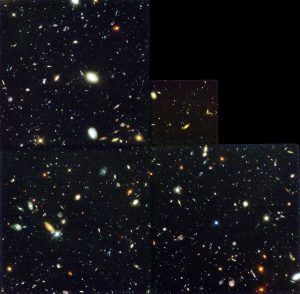
Big-Bang Theory

The mysterious details of events prior to and during the origin of the universe are subject to great scientific debate. The prevailing idea about how the universe was created is called the big-bang theory. Although the ideas behind the big-bang theory feel almost mystical, they are supported by Einstein’s theory of general relativity [1]. Other scientific evidence, grounded in empirical observations, supports the big-bang theory.
The big-bang theory proposes the universe was formed from an infinitely dense and hot core of the material. The bang in the title suggests there was an explosive, outward expansion of all matter and space that created atoms. Spectroscopy confirms that hydrogen makes up about 74% of all matter in the universe. Since its creation, the universe has been expanding for 13.8 billion years and recent observations suggest the rate of this expansion is increasing [2].
Spectroscopy
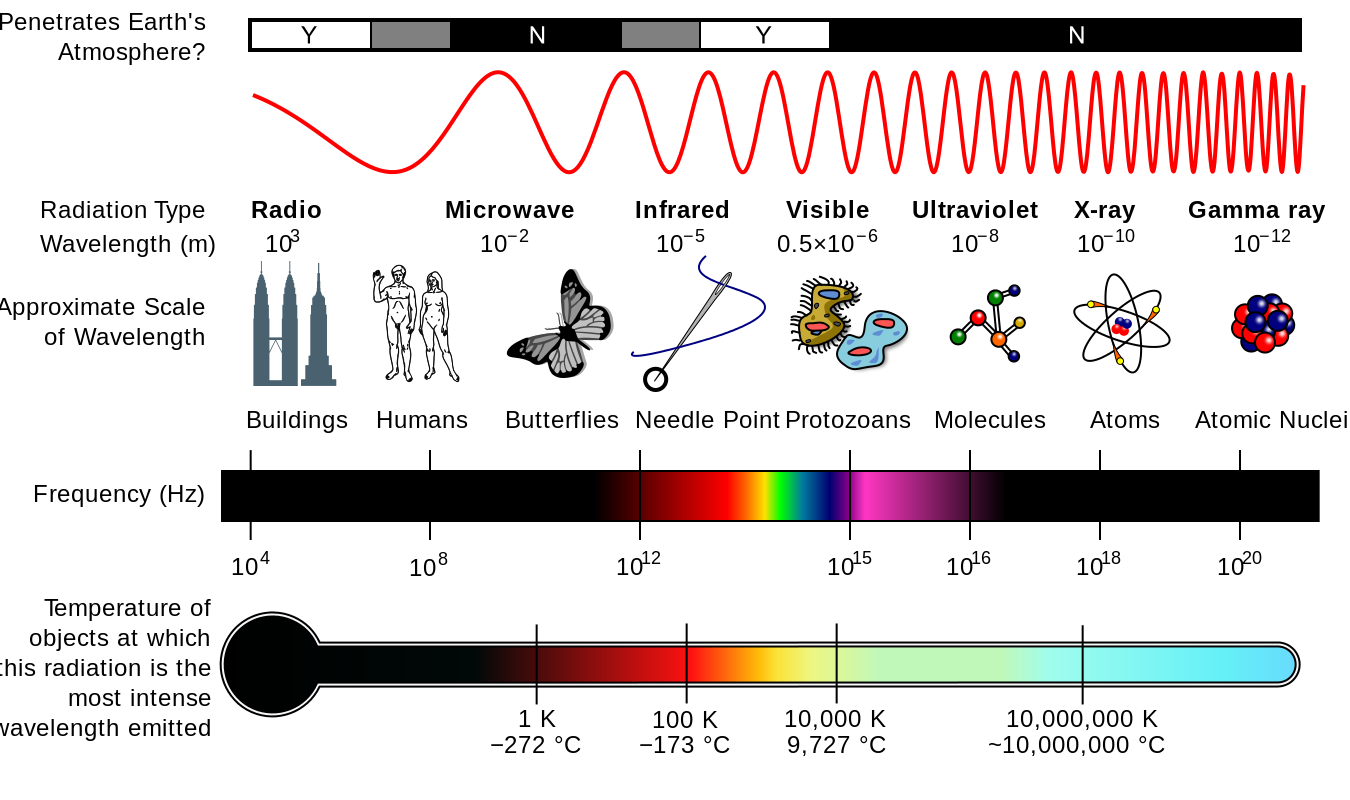
Spectroscopy is the investigation and measurement of spectra produced when materials interact with or emit electromagnetic radiation. Spectra is the plural for spectrum which is a particular wavelength from the electromagnetic spectrum. Common spectra include the different colors of visible light, X-rays, ultraviolet waves, microwaves, and radio waves. Each beam of light is a unique mixture of wavelengths that combine across the spectrum to make the color we see. The light wavelengths are created or absorbed inside atoms, and each wavelength signature matches a specific element. Even white light from the Sun, which seems like an uninterrupted continuum of wavelengths, has gaps in some wavelengths. The gaps correspond to elements present in the Earth’s atmosphere that act as filters for specific wavelengths. These missing wavelengths were famously observed by Joseph von Fraunhofer (1787–1826) in the early 1800s [3], but it took decades before scientists were able to relate the missing wavelengths to atmospheric filtering. Spectroscopy shows that the Sun is mostly made of hydrogen and helium. Applying this process to light from distant stars, scientists can calculate the abundance of elements in a specific star and visible universe as a whole. Also, this spectroscopic information can be used as an interstellar speedometer.
Redshift

The Doppler effect is the same process that changes the pitch of the sound of an approaching car or ambulance from high to low as it passes. When an object emits waves, such as light or sound, while moving toward an observer, the wavelengths get compressed. In sound, this results in a shift to a higher pitch. When an object moves away from an observer, the wavelengths are extended, producing a lower-pitched sound. The Doppler effect is used on light emitted from stars and galaxies to determine their speed and direction of travel. Scientists, including Vesto Slipher (1875–1696) [6] and Edwin Hubble (1889–1953) [7], examined galaxies both near and far and found that almost all galaxies outside of our galaxy are moving away from each other, and us. Because the light wavelengths of receding objects are extended, visible light is shifted toward the red end of the spectrum, called a redshift. In addition, Hubble noticed that galaxies that were farther away from Earth also had a greater amount of redshift, and thus, the faster they are traveling away from us. The only way to reconcile this information is to deduce the universe is still expanding. Hubble’s observation forms the basis of the big-bang theory.
Cosmic Microwave Background Radiation
![By NASA / WMAP Science Team [Public domain], <a data-cke-saved-href="https://commons.wikimedia.org/wiki/File%3AIlc_9yr_moll4096.png" href="https://commons.wikimedia.org/wiki/File%3AIlc_9yr_moll4096.png" The map is blue with slight bright spots of green/yellow](http://opengeology.org/textbook/wp-content/uploads/2016/07/CosmicBackground-300x150.png) via Wikimedia Commons" width="347px" height="174px" src="/@api/deki/files/7902/CosmicBackground-300x150.png">
via Wikimedia Commons" width="347px" height="174px" src="/@api/deki/files/7902/CosmicBackground-300x150.png">Another strong indication of the big-bang is cosmic microwave background radiation. Cosmic radiation was accidentally discovered by Arno Penzias (1933–) and Robert Woodrow Wilson (1936–) [8] when they were trying to eliminate background noise from a communication satellite. They discovered very faint traces of energy or heat that are omnipresent across the universe. This energy was left behind from the big bang, like an echo.
Stellar Evolution

Astronomers think the big bang created lighter elements, mostly hydrogen and smaller amounts of elements helium, lithium, and beryllium. Another process must be responsible for creating the other 90 heavier elements. The current model of stellar evolution explains the origins of these heavier elements.
Birth of a Star
![By Credit: NASA, Jeff Hester, and Paul Scowen (Arizona State University) [Public domain], <a data-cke-saved-href="https://commons.wikimedia.org/wiki/File%3AEagle_nebula_pillars.jpg" href="https://commons.wikimedia.org/wiki/File%3AEagle_nebula_pillars.jpg" It is several large column of gas](http://opengeology.org/textbook/wp-content/uploads/2016/07/Eagle_nebula_pillars-300x296.jpg) via Wikimedia Commons" width="321px" height="317px" src="/@api/deki/files/7908/Eagle_nebula_pillars-300x296.jpg">
via Wikimedia Commons" width="321px" height="317px" src="/@api/deki/files/7908/Eagle_nebula_pillars-300x296.jpg">Stars start their lives as elements floating in cold, spinning clouds of gas and dust known as nebulas. Gravitational attraction or perhaps a nearby stellar explosion causes the elements to condense and spin into a disk shape. In the center of this disk shape, a new star is born under the force of gravity. The spinning whirlpool concentrates material in the center, and the increasing gravitational forces collect even more mass. Eventually, the immensely concentrated mass of material reaches a critical point of such intense heat and pressure it initiates fusion.
Fusion
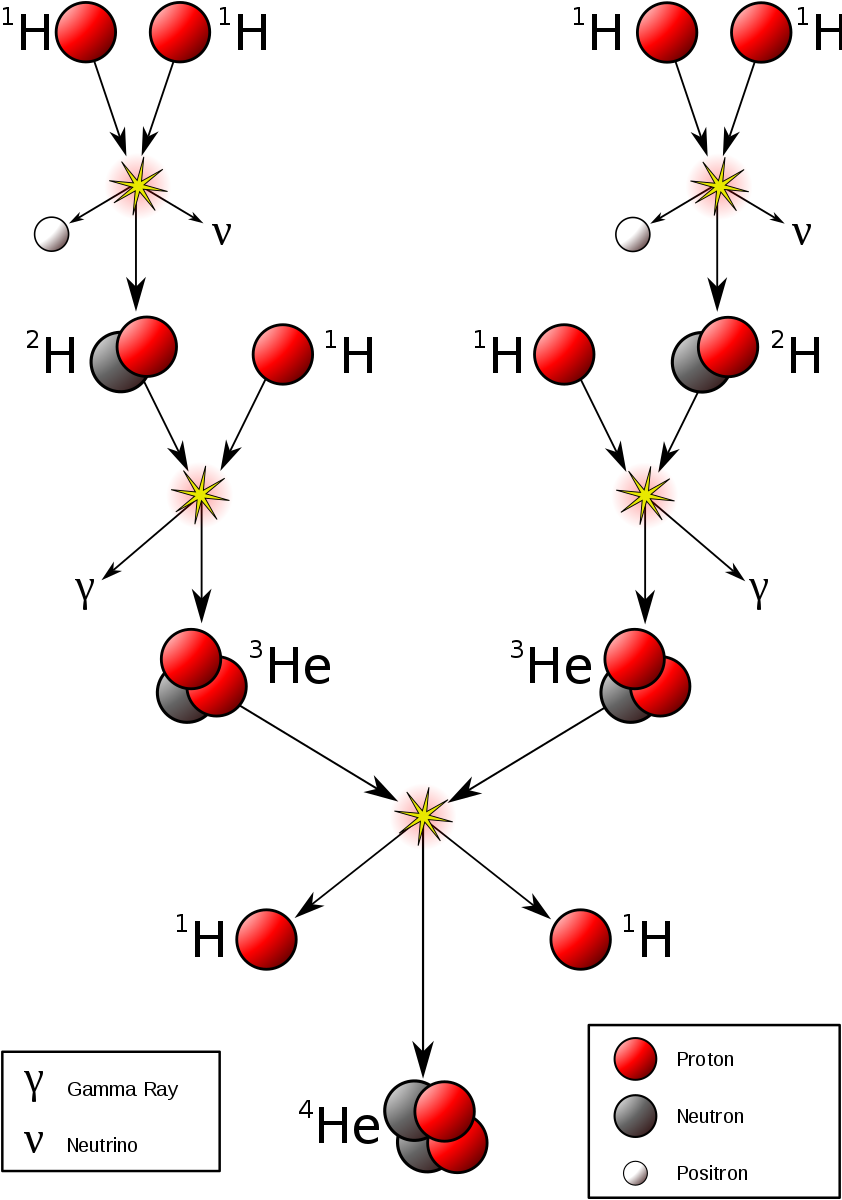
Fusion is not a chemical reaction. Fusion is a nuclear reaction in which two or more nuclei, the centers of atoms, are forced together and combine creating a new larger atom. This reaction gives off a tremendous amount of energy, usually as light and solar radiation. An element such as hydrogen combines or fuses with other hydrogen atoms in the core of a star to become a new element, in this case, helium. Another product of this process is energy, such as solar radiation that leaves the Sun and comes to the Earth as light and heat. Fusion is a steady and predictable process, which is why we call this the main phase of a star’s life. During its main phase, a star turns hydrogen into helium. Since most stars contain plentiful amounts of hydrogen, the main phase may last billions of years, during which their size and energy output remains relatively steady.
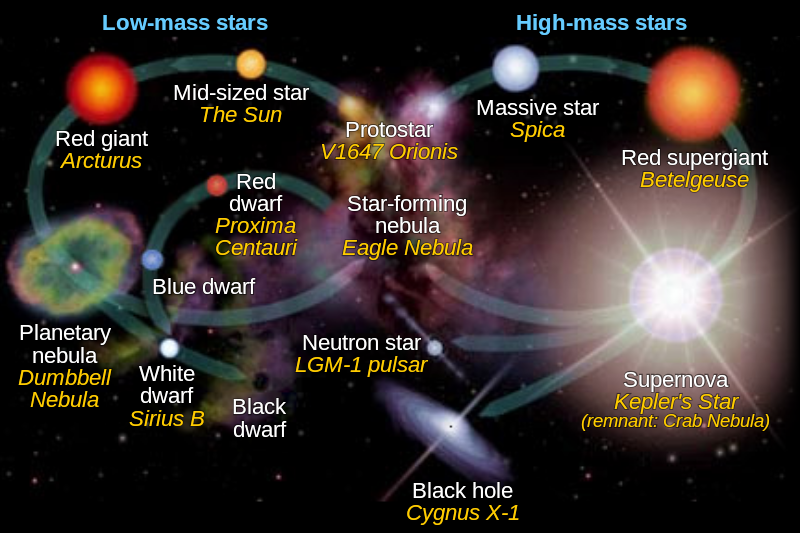
The giant phase in a star’s life occurs when the star runs out of hydrogen for fusion. If a star is large enough, it has sufficient heat and pressure to start fusing helium into heavier elements. This style of fusion is more energetic and the higher energy and temperature expand the star to a larger size and brightness. This giant phase is predicted to happen to our Sun in another few billion years, growing the radius of the Sun to Earth’s orbit, which will render life impossible. The mass of a star during its main phase is the primary factor in determining how it will evolve. If the star has enough mass and reaches a point at which the primary fusion element, such as helium, is exhausted, fusion continues using new, heavier elements. This occurs over and over in very large stars, forming progressively heavier elements like carbon and oxygen. Eventually, fusion reaches its limit as it forms iron and nickel. This progression explains the abundance of iron and nickel in rocky objects, like Earth, within the solar system. At this point, any further fusion absorbs energy instead of giving it off, which is the beginning of the end of the star’s life [9].
Death of a Star
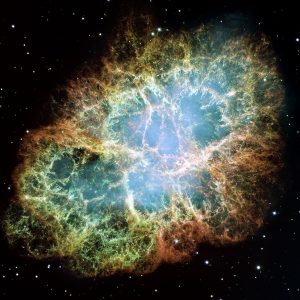
The death of a star can range from spectacular to other-worldly (see figure). Stars like the Sun form a planetary nebula, which comes from the collapse of the star’s outer layers in an event like the implosion of a building. In the tug-of-war between gravity’s inward pull and fusion’s outward push, gravity instantly takes over when fusion ends, with the outer gasses puffing away to form a nebula. More massive stars do this as well but with a more energetic collapse, which starts another type of energy release mixed with element creation known as a supernova. In a supernova, the collapse of the core suddenly halts, creating a massive outward-propagating shock wave. A supernova is the most energetic explosion in the universe short of the big bang. The energy release is so significant the ensuing fusion can make every element up through uranium [10].
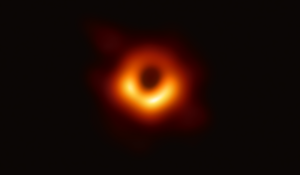
The death of the star can result in the creation of white dwarfs, neutron stars, or black holes. Following their deaths, stars like the Sun turn into white dwarfs.
White dwarfs are hot star embers, formed by packing most of a dying star’s mass into a small and dense object about the size of Earth. Larger stars may explode in a supernova that packs their mass even tighter to become neutron stars. Neutron stars are so dense that protons combine with electrons to form neutrons. The largest stars collapse their mass even further, becoming objects so dense that light cannot escape their gravitational grasp. These are the infamous black holes and the details of the physics of what occurs in them are still up for debate.


